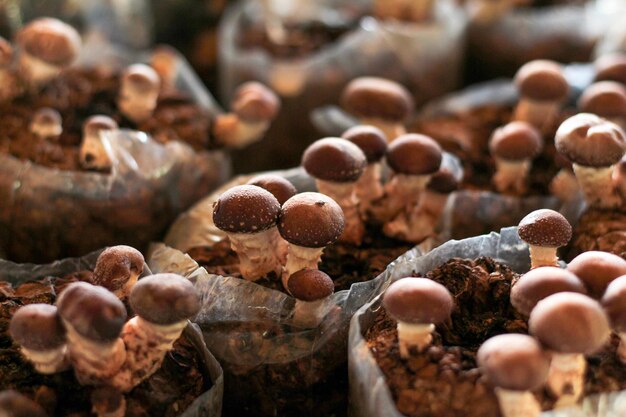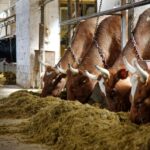Mushroom farming is a lucrative venture in South Africa, offering opportunities for farmers to diversify their agricultural portfolio. However, achieving consistent success in mushroom cultivation requires careful attention to detail and a solid understanding of the process. Here are ten common mistakes that can hinder success in mushroom farming and how to avoid them.
1. Poor Substrate Preparation
The substrate serves as the growing medium for mushrooms, and its quality directly impacts yield. Many farmers fail to properly sterilize or pasteurize the substrate, leading to contamination by competing microorganisms. Always ensure the substrate is free of pathogens by using appropriate sterilization techniques and sourcing high-quality raw materials.
2. Overlooking Hygiene
Mushrooms are highly sensitive to contamination. Inadequate hygiene in the growing area can lead to the growth of harmful molds or bacteria. Clean the farming space regularly, sterilize equipment, and implement strict hygiene protocols for anyone entering the farm.
3. Using Low-Quality Spawn
The spawn is the seed of the mushroom. Using poor-quality or expired spawn can significantly reduce yields. Always purchase spawn from reputable suppliers, and store it in optimal conditions to maintain its viability.
4. Incorrect Environmental Conditions
Mushrooms thrive in specific environmental conditions, including temperature, humidity, and light. Failure to monitor and control these factors can result in stunted growth or crop failure. Invest in reliable equipment like hygrometers, thermometers, and ventilation systems to create an ideal growing environment.
5. Overwatering or Underwatering
Maintaining the right moisture level is critical for mushroom growth. Overwatering can lead to soggy substrates and bacterial contamination, while underwatering can cause the substrate to dry out. Regularly check the moisture content of the substrate and mist the growing area as needed.
6. Ignoring Proper Ventilation
Mushrooms release carbon dioxide during growth, and inadequate ventilation can result in poor-quality produce. Ensure proper airflow in the growing area by installing fans or vents to expel carbon dioxide and introduce fresh air.
7. Lack of Knowledge About Mushroom Varieties
Different mushroom varieties require specific growing conditions. For instance, oyster mushrooms thrive in warm, humid conditions, while button mushrooms prefer cooler temperatures. Understand the needs of your chosen variety and tailor your farming practices accordingly.
8. Skipping Regular Monitoring
Mushroom farming requires close attention to detail. Some farmers neglect to monitor their crops regularly, missing early signs of contamination, pests, or unfavorable conditions. Make it a habit to inspect your farm daily and address issues promptly.
9. Neglecting Market Research
Producing mushrooms without understanding market demand can lead to unsold stock. Conduct thorough market research to identify popular mushroom varieties in your region, potential buyers, and pricing trends. Consider contracts with restaurants, retailers, or processors to secure steady demand.
10. Scaling Too Quickly
While it’s tempting to expand rapidly after initial success, scaling too quickly without sufficient knowledge or infrastructure can lead to failure. Start small, perfect your methods, and gradually increase production as you gain experience.
Mushroom farming in South Africa has immense potential, but avoiding common mistakes is key to long-term success. By focusing on proper substrate preparation, maintaining hygiene, and understanding market demands, farmers can optimize their yields and profitability. With the right practices and continuous learning, mushroom farming can become a sustainable and rewarding venture.
Join 'Farmers Mag' WhatsApp Channel
Get the latest Farming news and tips delivered straight to your WhatsApp
CLICK HERE TO JOIN






